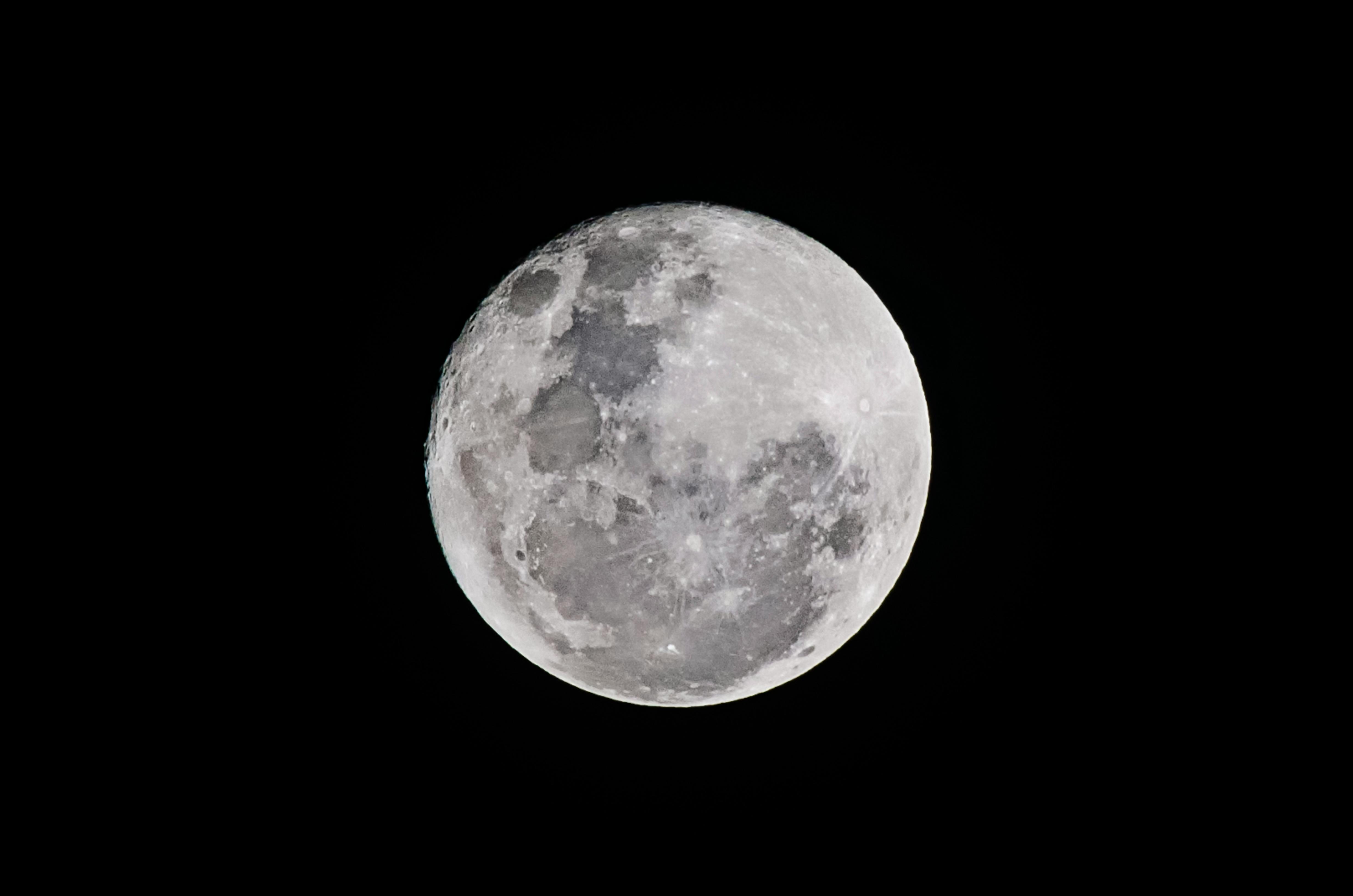Diving into the World of Astronomical Tourism: Gazing at the Stars Beyond Urban Limits
Imagine escaping from the hustle and bustle of the city, to a serene location where the night sky is as clear as a crystal, and the only noise you hear is the soft rustling of the wind. This is the enchanting reality of astronomical tourism, a fascinating niche within the travel industry that has been gaining momentum in recent years. It is a unique blend of science, adventure, and spirituality, offering travelers an unparalleled experience of gazing at the night sky and discovering the infinite universe beyond our planet.

Unraveling the History of Astronomical Tourism
The concept of astronomical tourism is not new, dating back to ancient civilizations like the Egyptians and Mayans who built their structures aligned with celestial bodies. But in the recent past, advances in technology and increasing public interest in space exploration have given a significant boost to this travel trend. The International Dark-Sky Association, founded in 1988, has also played a crucial role in promoting dark sky preservation and hence, astronomical tourism.
The Current Scenario: Combining Tourism and Astronomy
Today, astronomical tourism is not just confined to star gazing. It includes visits to planetariums, observatories, space-related museums, and even spaceports. Some tour operators offer packages that include lectures by astronomers and the use of advanced telescopes. Moreover, special events like meteor showers, eclipses, and the Northern Lights are massive draws for astronomical tourists.
Why Astronomical Tourism?
Astronomical tourism offers a unique combination of relaxation and learning. It provides an escape from city lights and noise, promoting a sense of tranquility and well-being. For those with a scientific bent of mind, it offers an opportunity to delve into the mysteries of the universe. It also raises awareness about the importance of preserving our natural night environment.
Intriguing Facts about Astronomical Tourism
- The Atacama Desert in Chile is one of the best places in the world for astronomical tourism due to its clear, dry skies.
- The Aoraki Mackenzie Dark Sky Reserve in New Zealand is one of the largest dark sky reserves in the world.
- In 2019, the United States had more than 80 designated Dark Sky Places.
- The Mars Desert Research Station in Utah offers a simulated Mars environment for tourists.
The Challenges and Impact of Astronomical Tourism
While there are many advantages to astronomical tourism, it also faces some challenges. Light pollution from urban areas is a significant concern, threatening the visibility of celestial bodies. Moreover, the influx of tourists in remote areas can disturb the local ecology and wildlife. Therefore, sustainable practices are crucial to minimize these impacts.
The Future of Astronomical Tourism
With the rise of commercial space travel, the future of astronomical tourism seems promising. More and more travelers are expected to venture out to dark sky reserves, observatories, and even space in the coming years. As we continue to explore the universe, astronomical tourism is bound to offer more immersive and exciting experiences.
In conclusion, astronomical tourism provides an unmatchable blend of adventure, relaxation, and education. As we gaze at the stars, we are reminded of our place in the universe, evoking a sense of awe and wonder. With careful planning and sustainable practices, astronomical tourism can continue to thrive, offering a unique way for us to connect with the cosmos.




